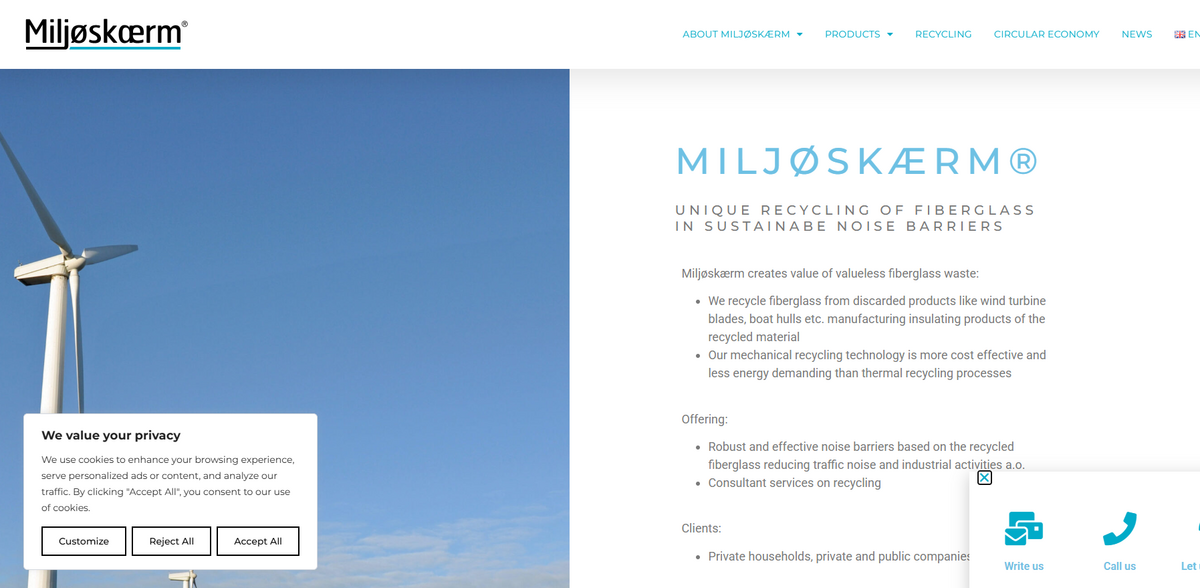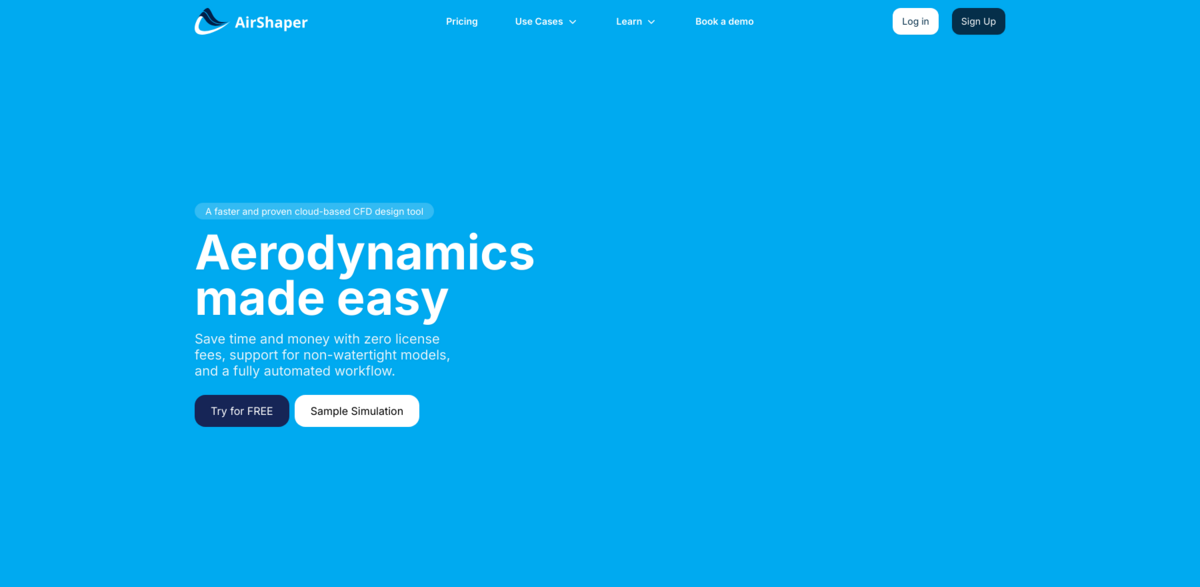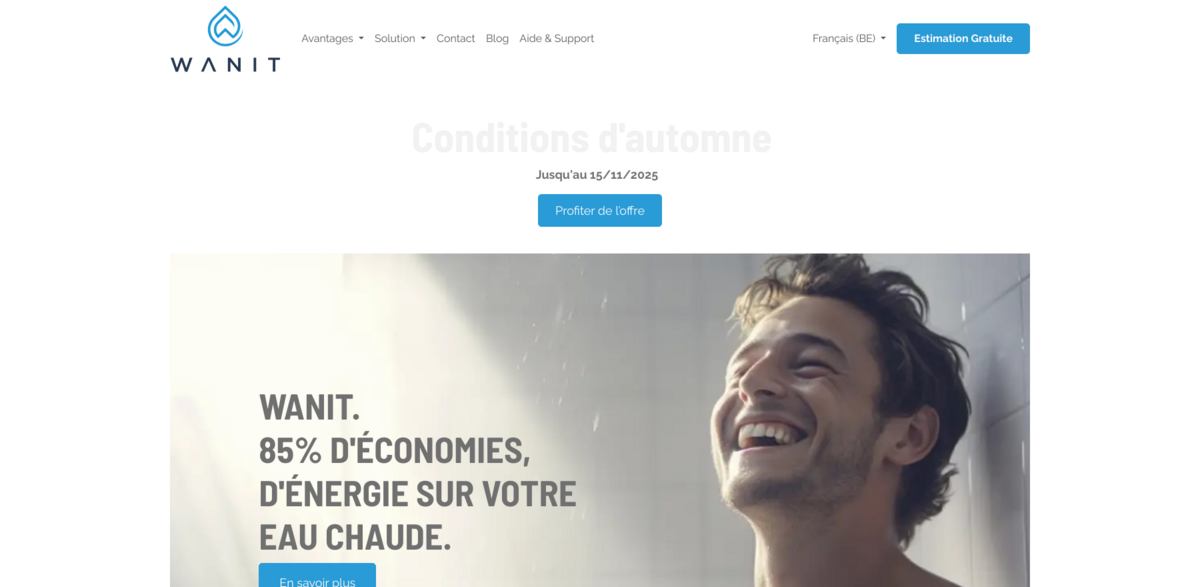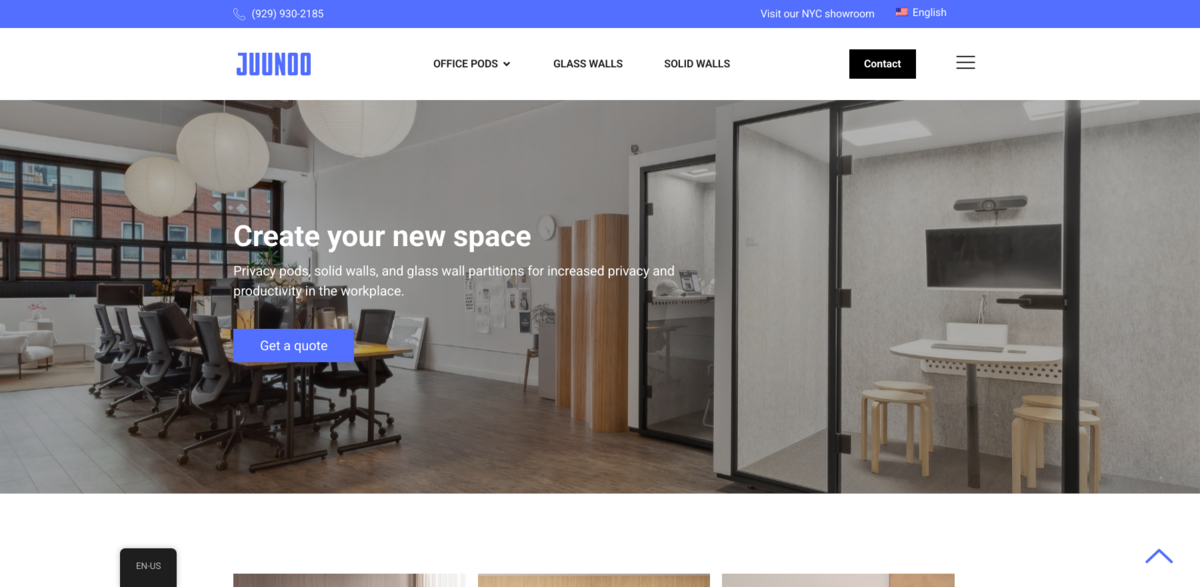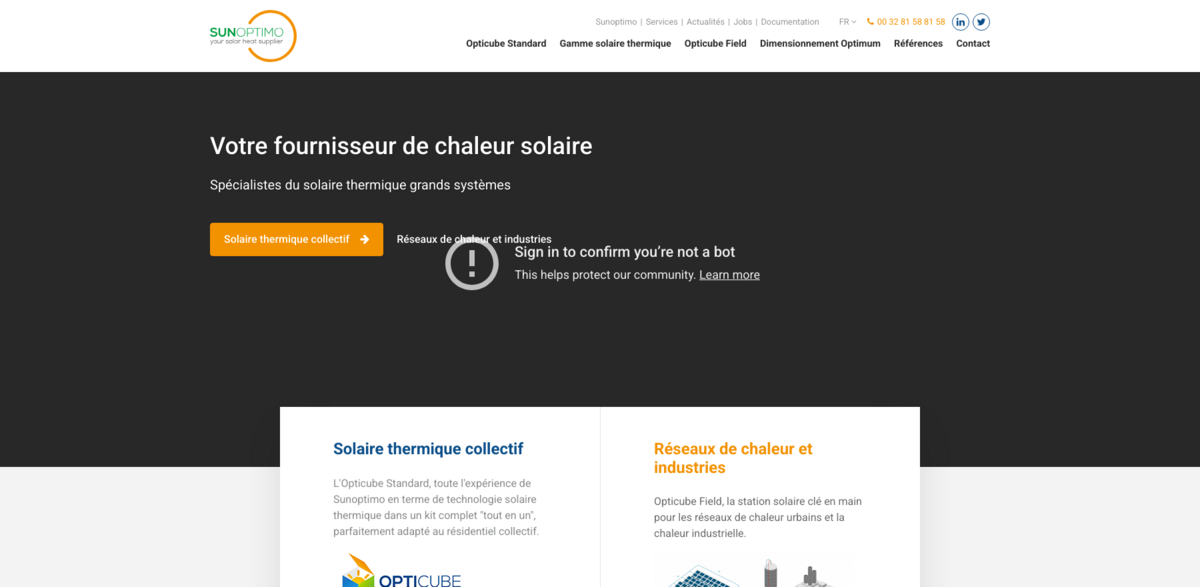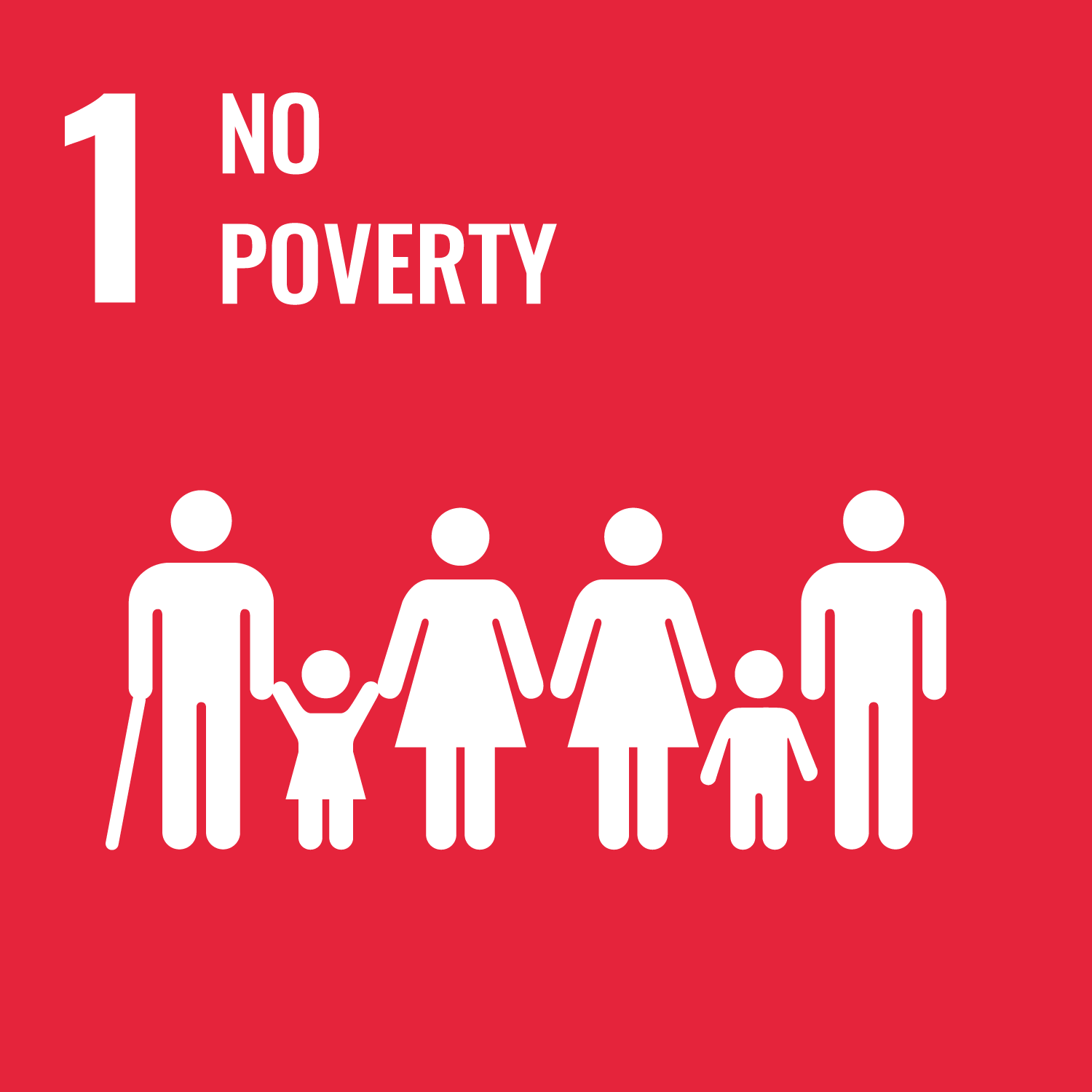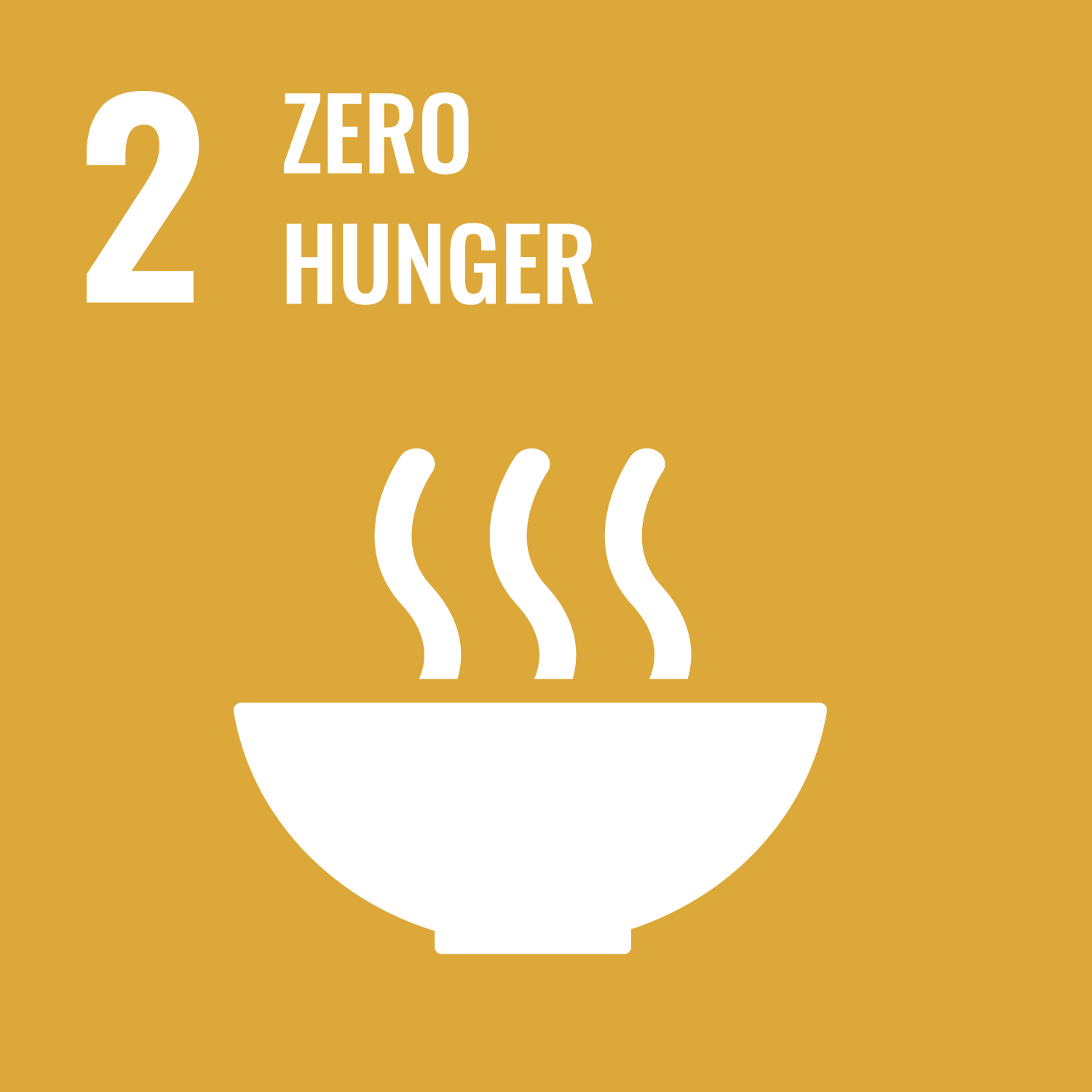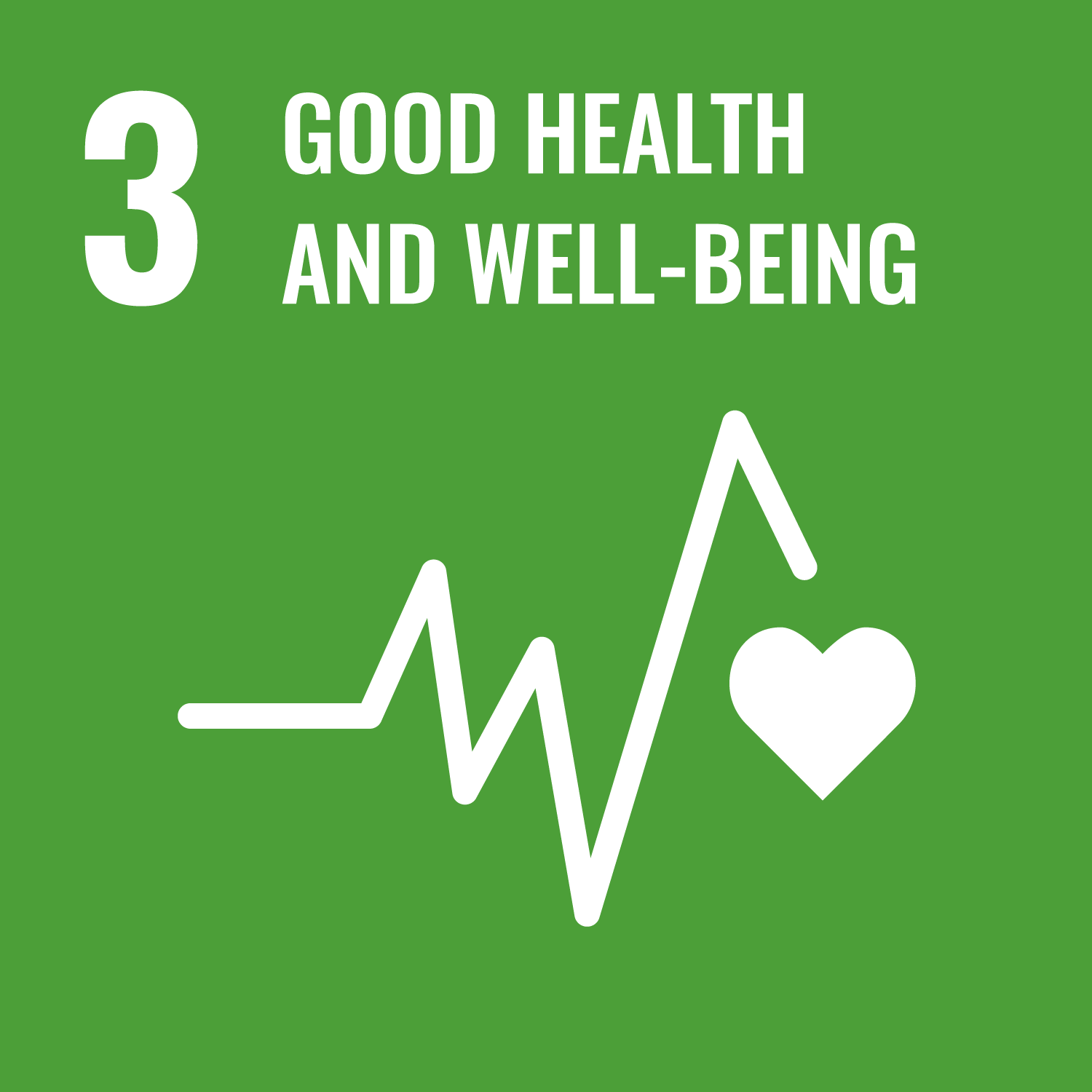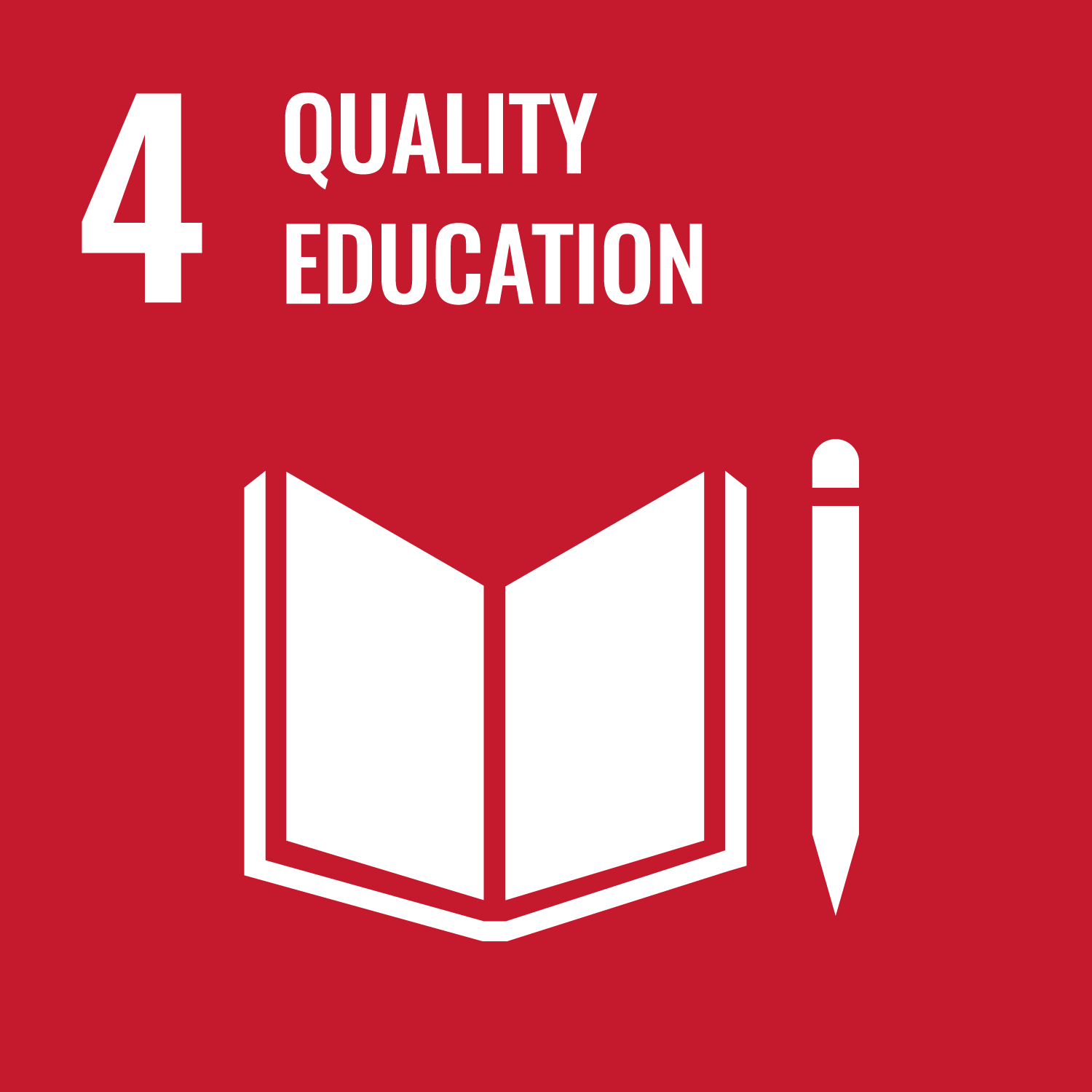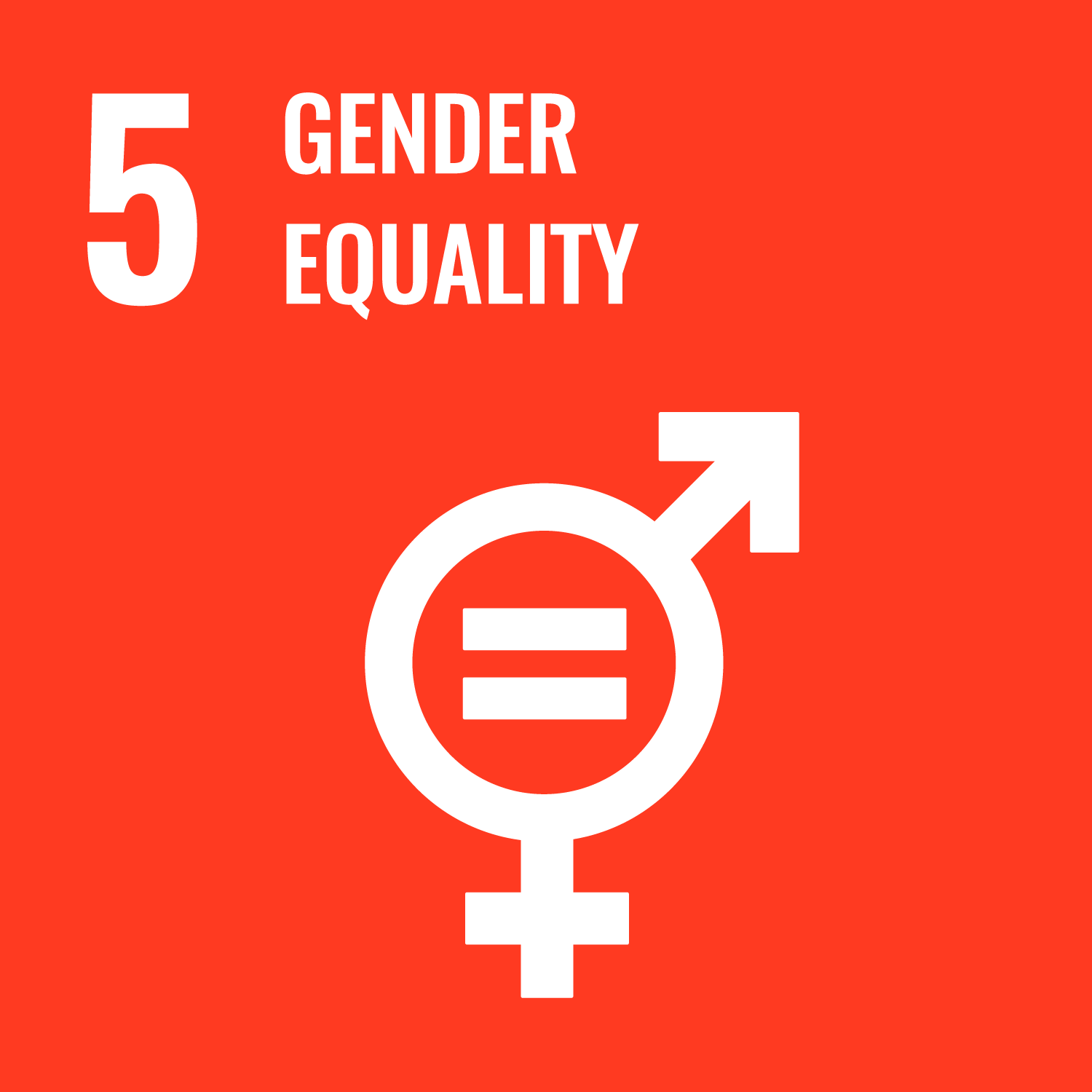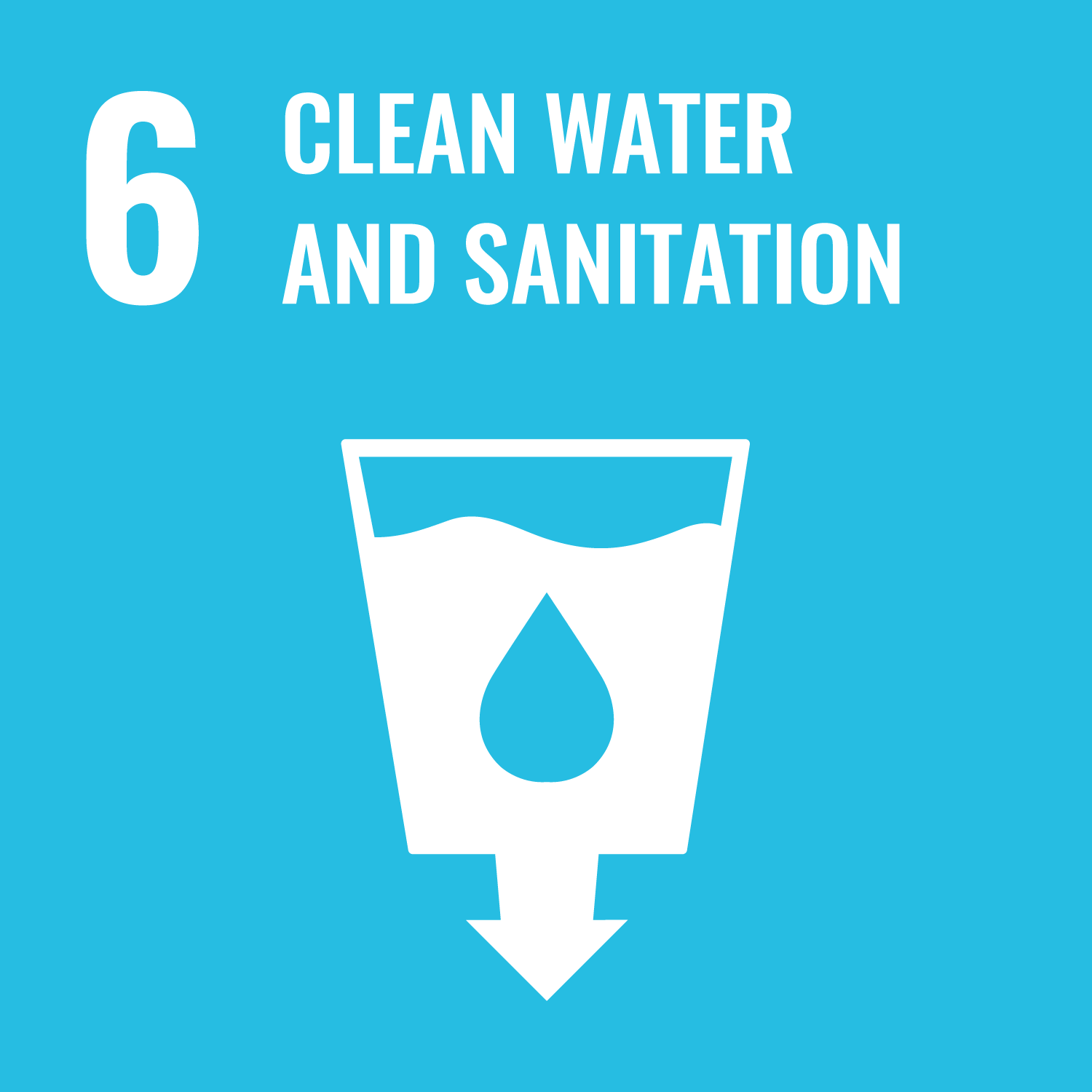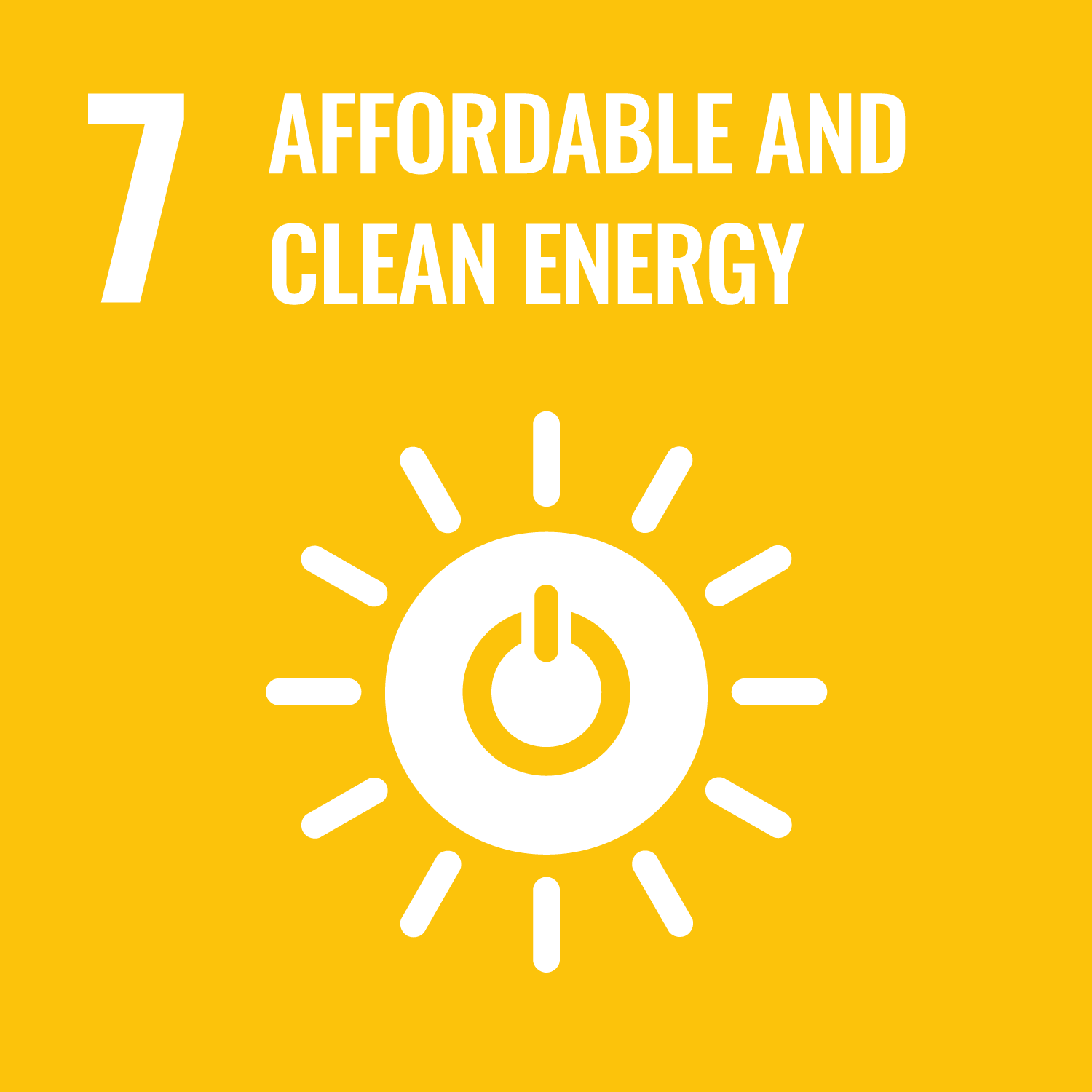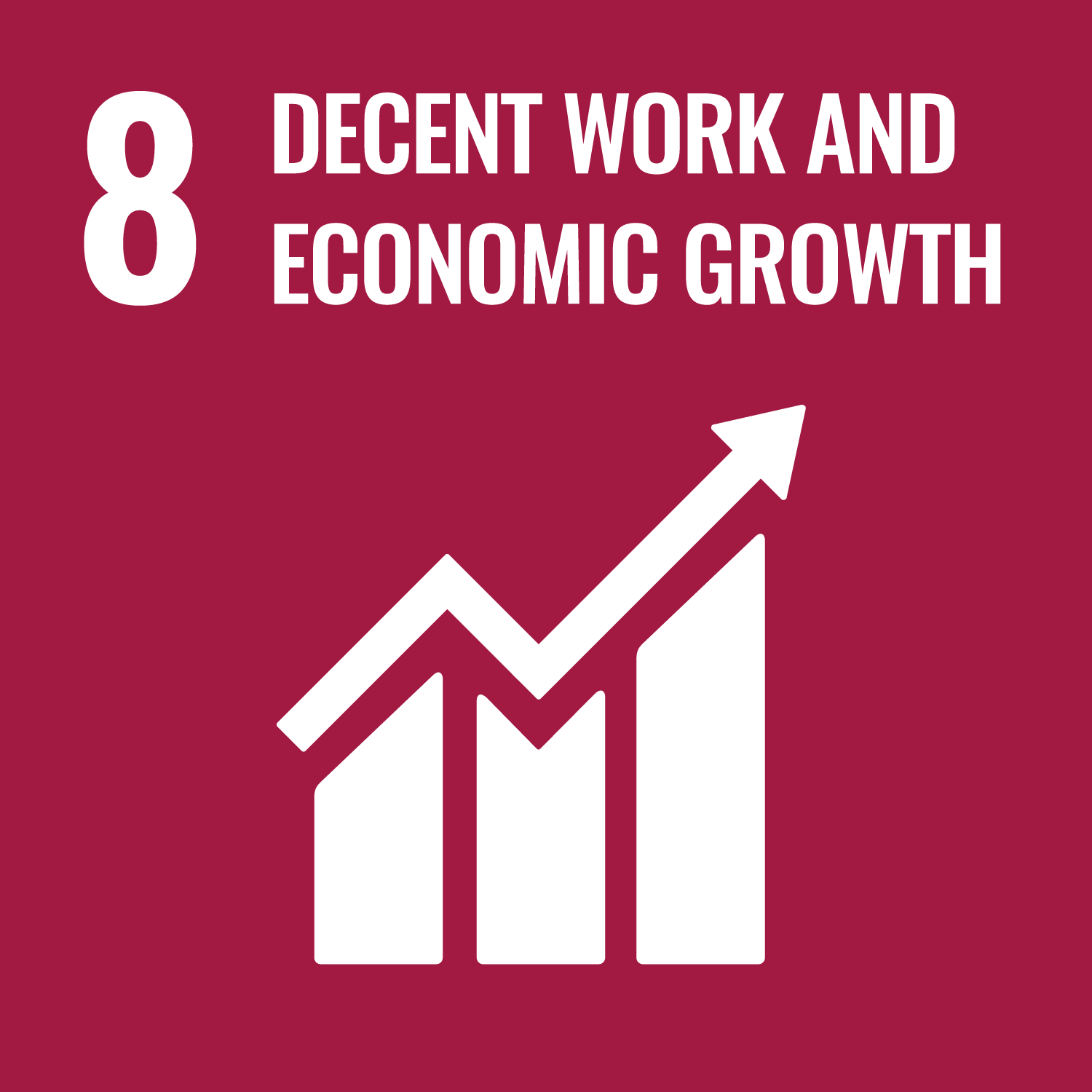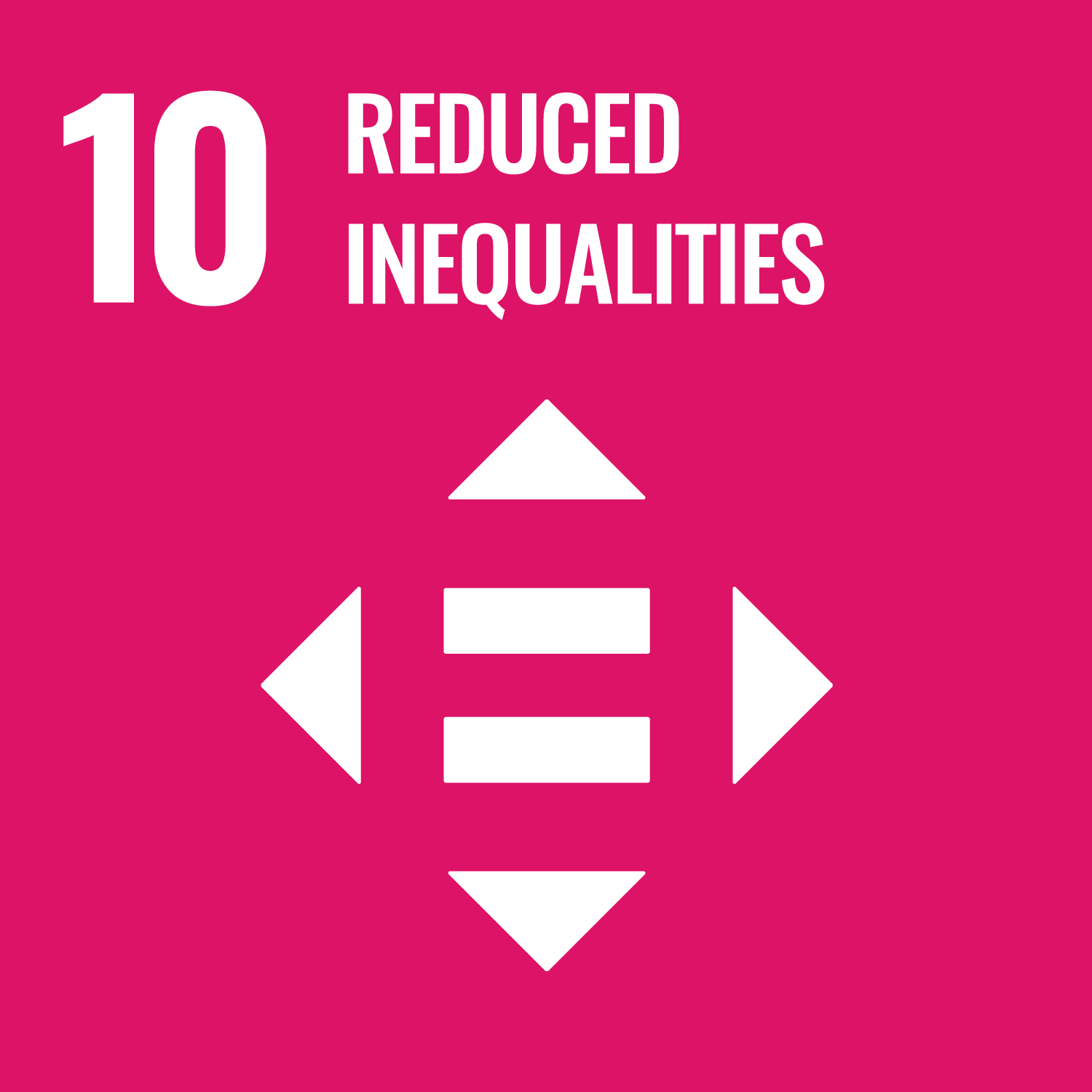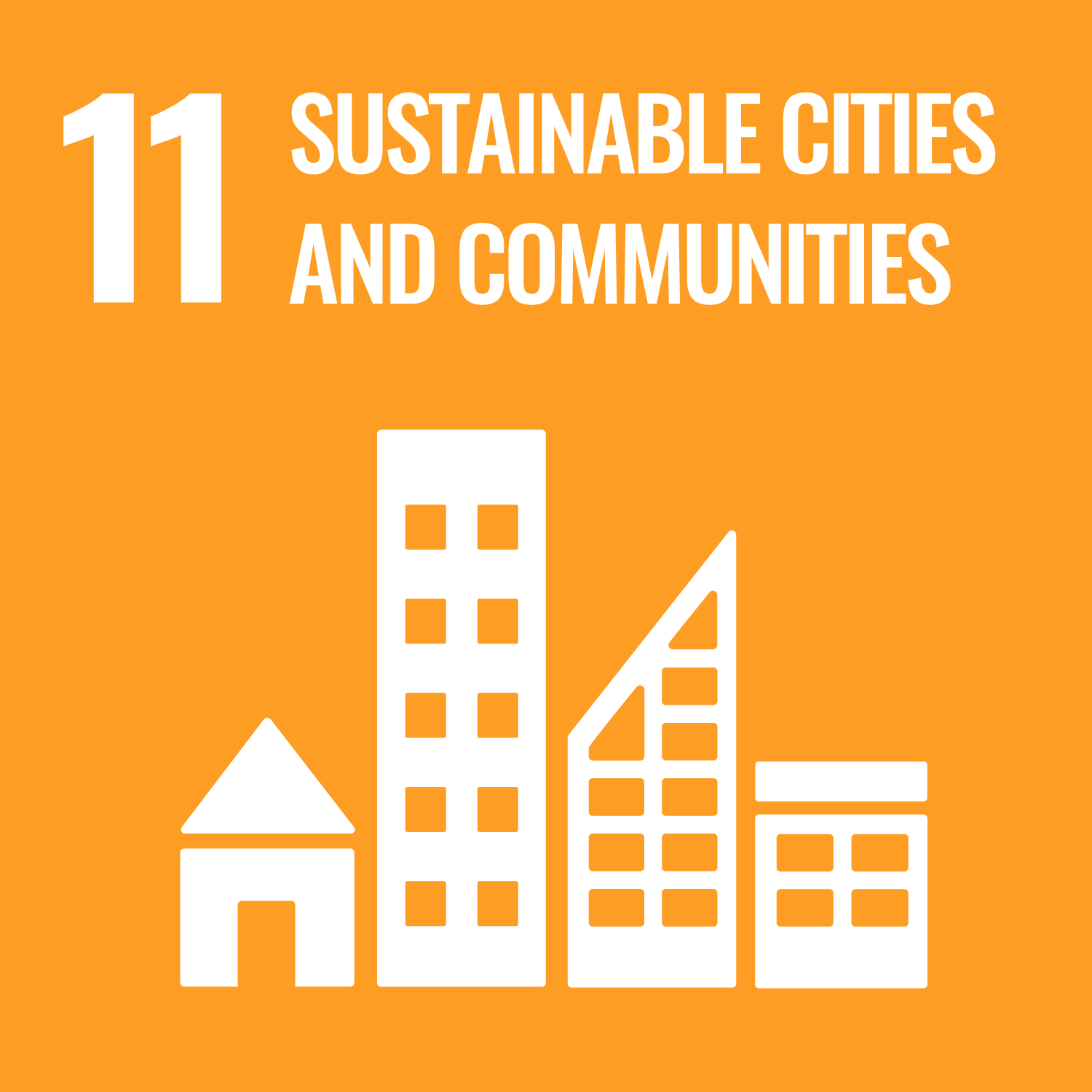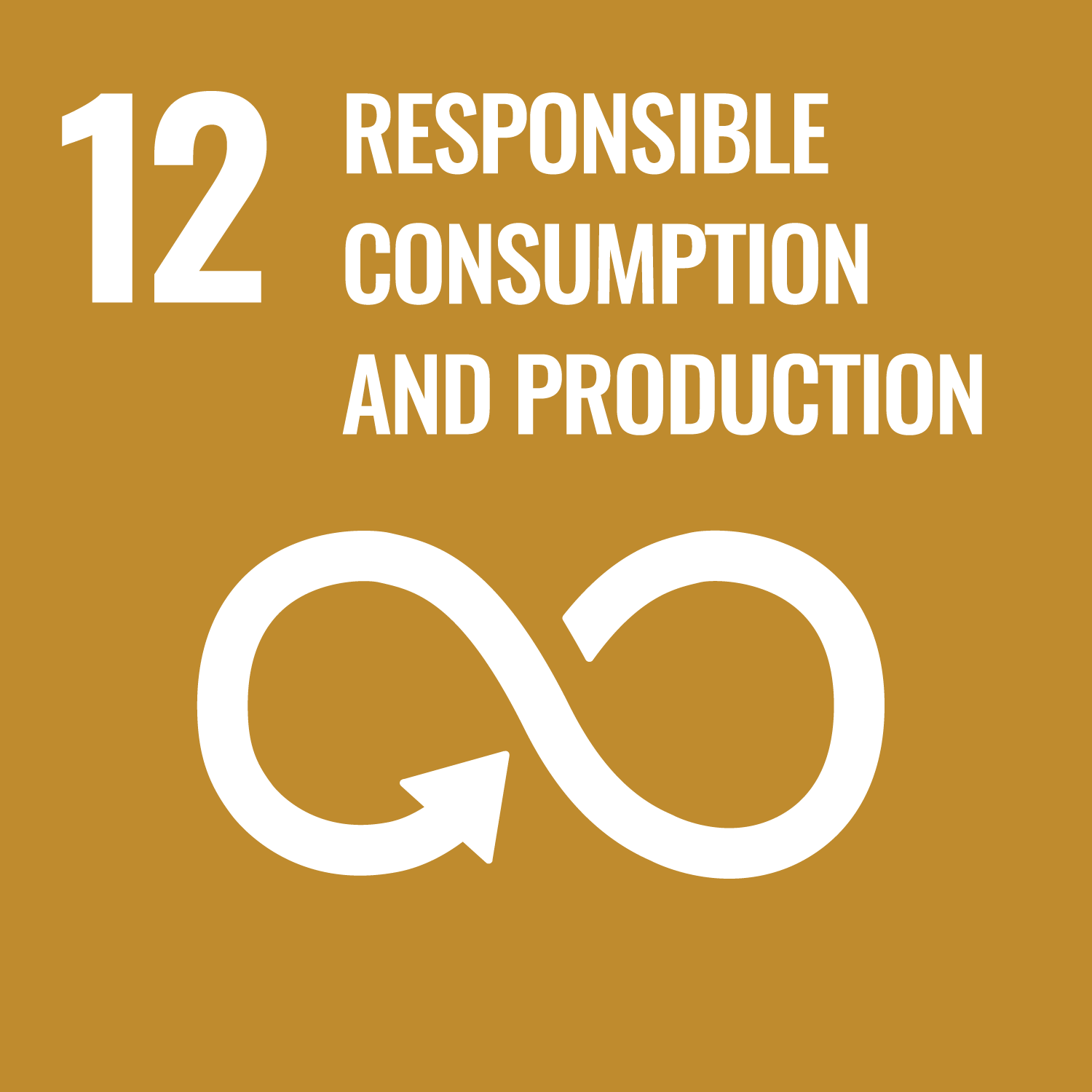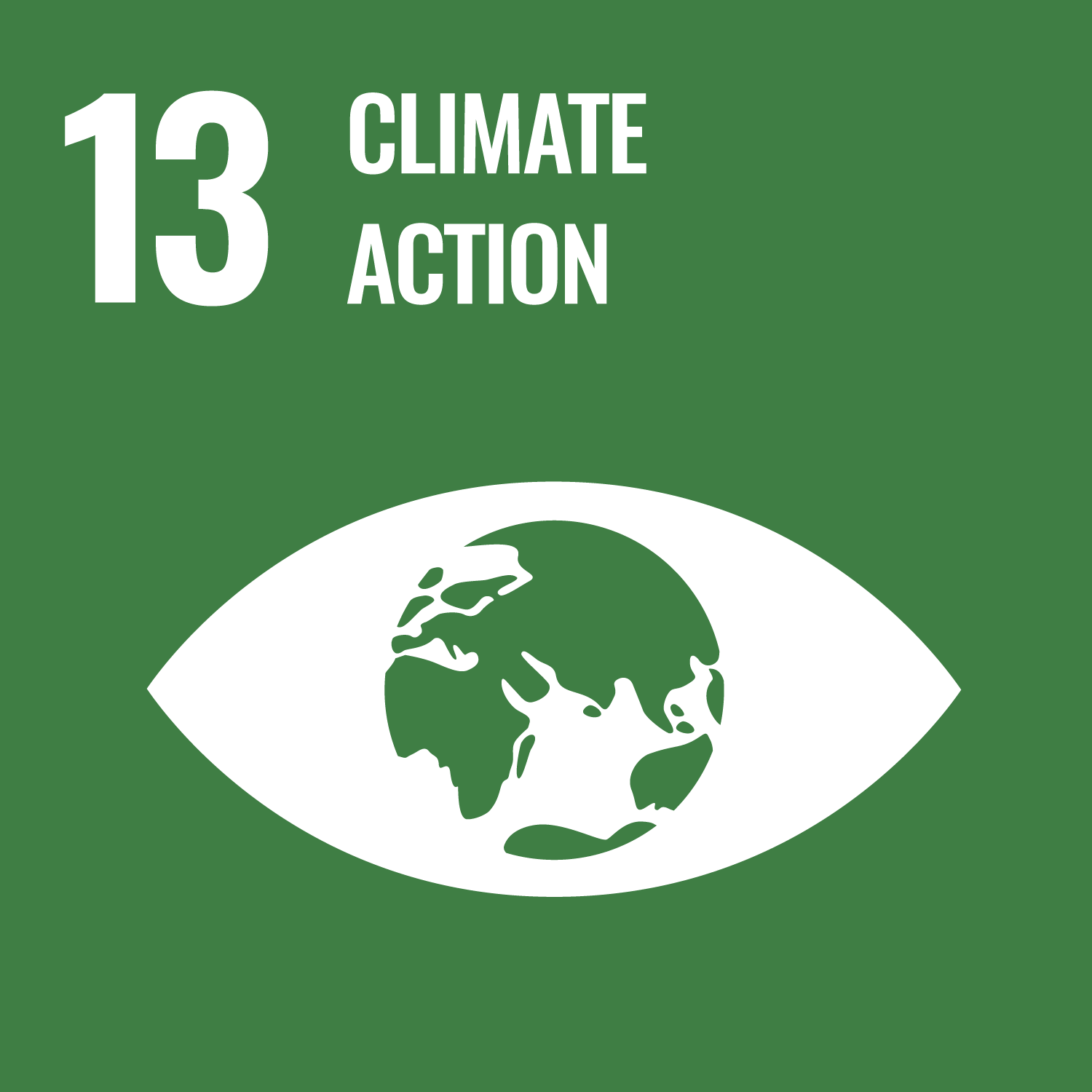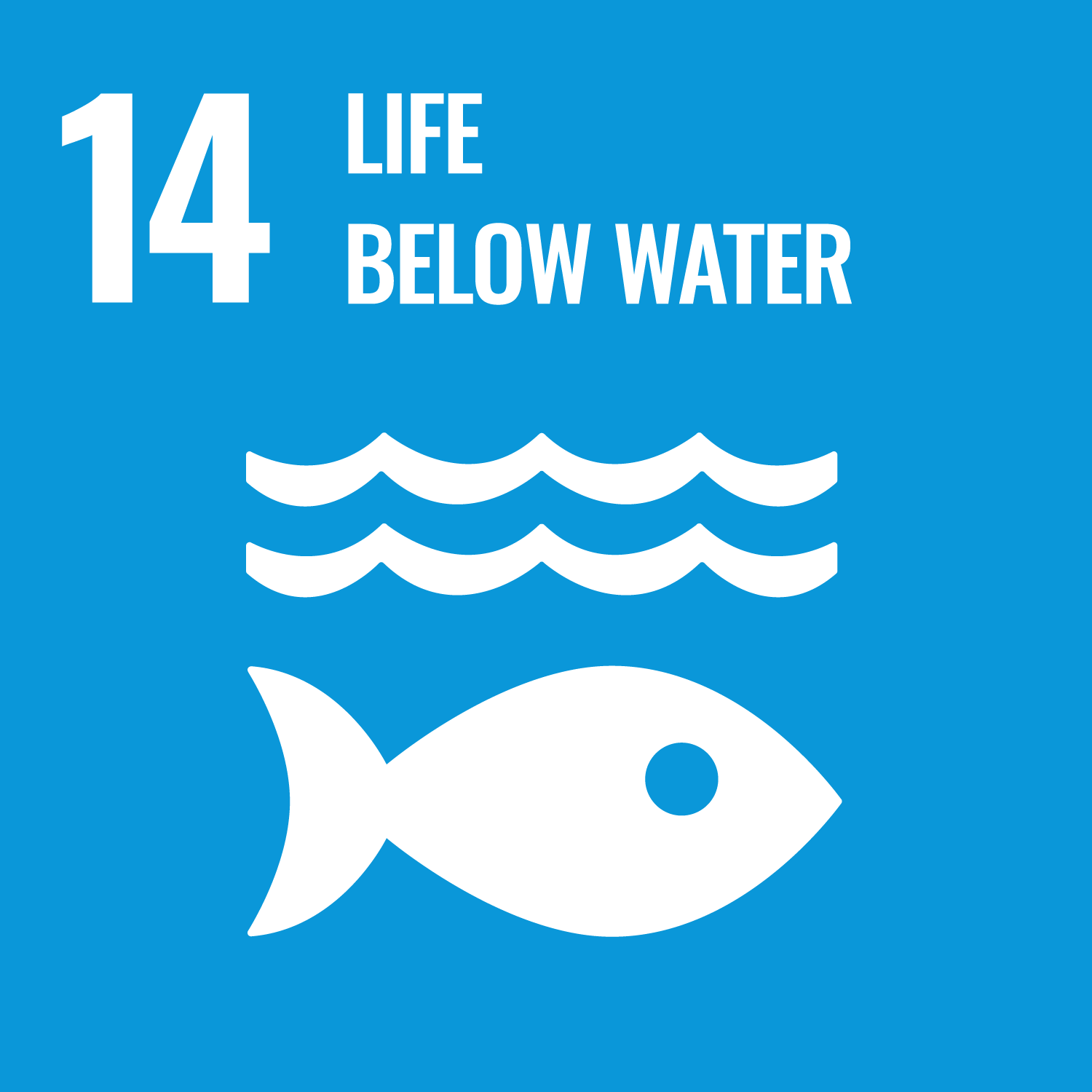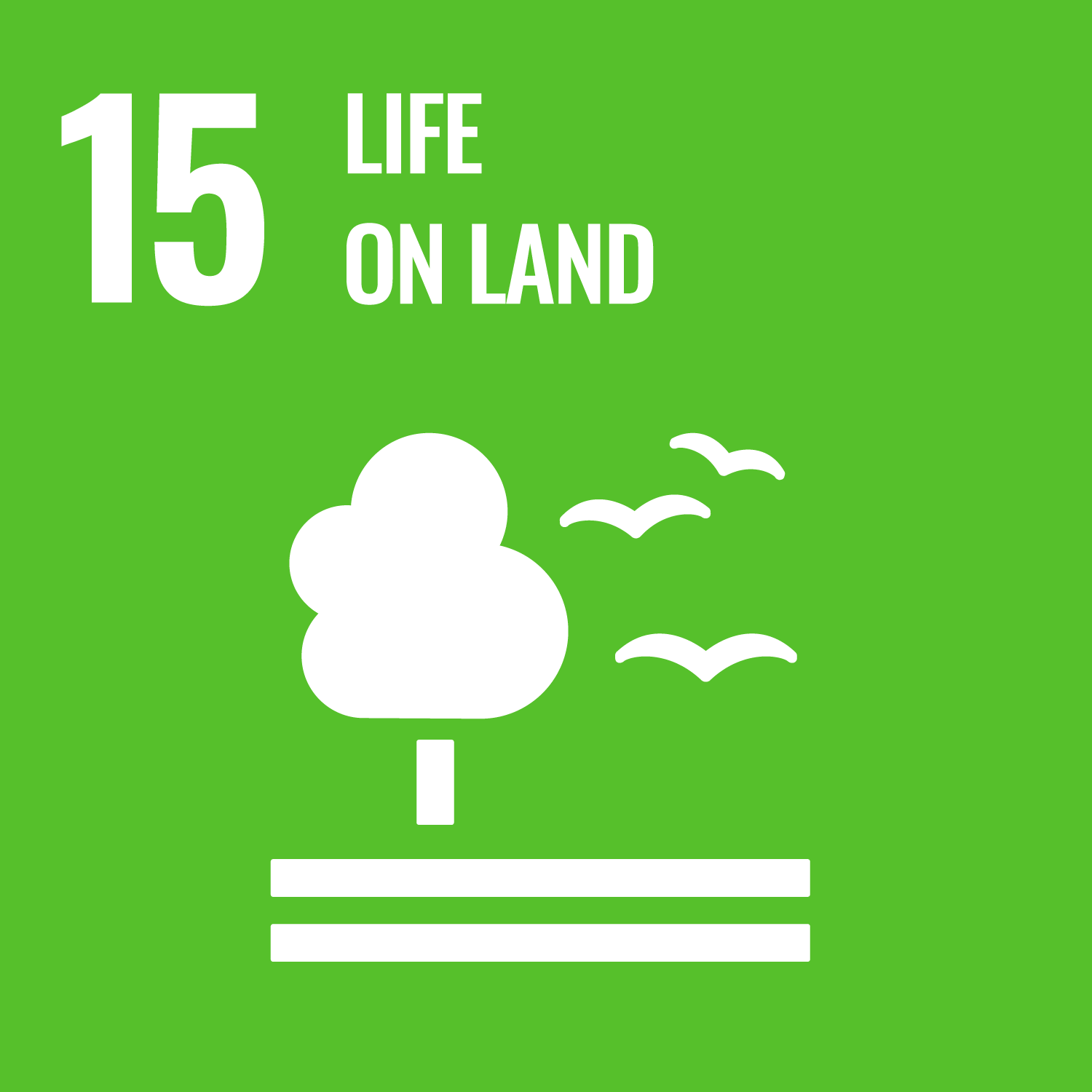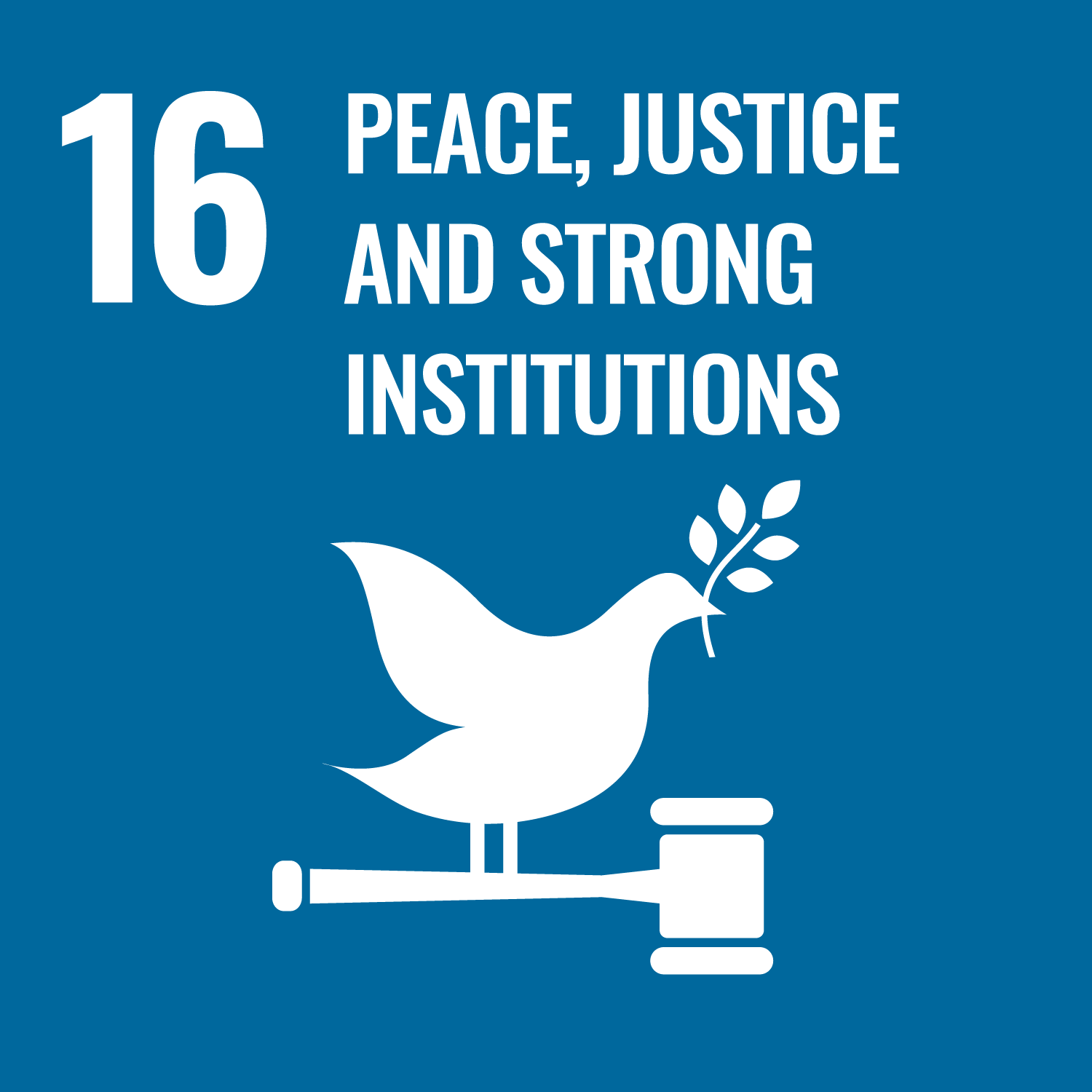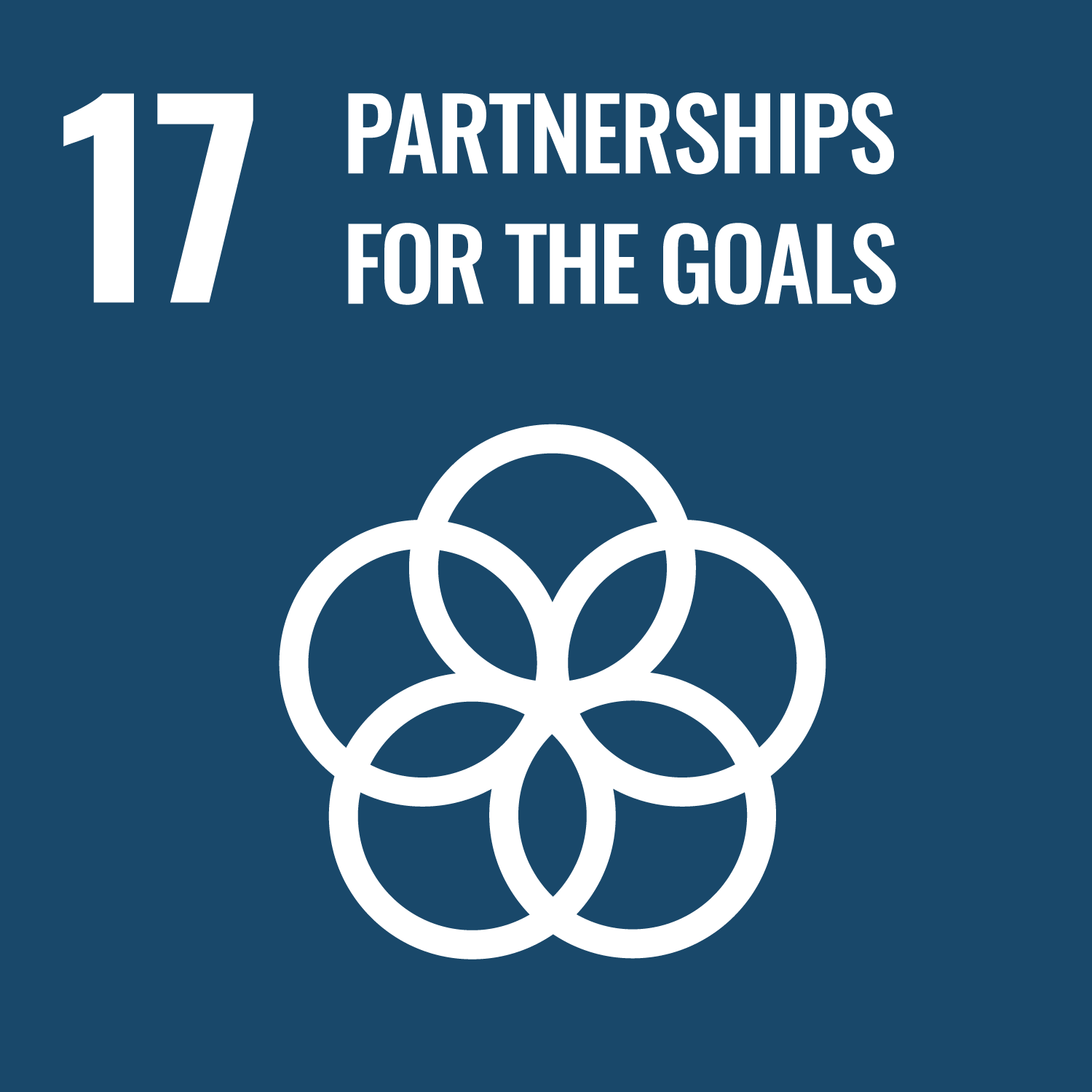What the Project Is
Miljøskærm is a truly unique initiative that rethinks the destiny of once worthless glass fiber waste. The project turns discarded composite products such as wind turbine blades and boat hulls into high-quality insulating material. It is an outstanding example of innovative recycling – the kind that takes materials once considered problematic and gives them a second life, transforming them into sustainable noise barriers. The recycling process, which is mechanical rather than thermal, is notably cheaper and less energy-consuming… a clear sign that sometimes the simplest ideas can have a profound impact.
Main Benefits
- Robust and effective noise barriers that dampen traffic noise and industrial activities.
- Recycling method that is both cost-efficient and energy-saving, thanks to the mechanical process.
- The production of insulating material from recycled glass fiber, turning waste into valuable resources.
- Noise barriers made from over 90% recycled materials – reducing waste and lessening reliance on virgin products.
- Contributes to a circular economy by rethinking how glass fiber waste is managed.
- Inspired innovations that have led to several Danish and European IP rights.
Innovative Recycling Approach
The innovation behind Miljøskærm began with a sense of wonder – a wonder that, despite massive investments in green energy and the widespread use of glass fiber, a true recycling strategy was missing. Early support from agencies like the Environmental Protection Agency enabled exploration of the properties of recycled glass fiber. The investigations revealed exceptional acoustic and thermal properties, meaning that even though the material had been discarded, it was anything but worthless. It stands as a prime example of how innovation can emerge from unexpected ideas… ideas that challenge conventional practices and drive sustainable progress.
Cutting-Edge Noise Barrier Implementation
In June 2016, an impressive milestone was reached when the first noise barrier made from recycled glass fiber and recycled plastic frames was installed along the heavily trafficked Søndre Ringvej in Vallensbæk. This barrier, heralded as the first made from over 90% recycled materials, proved that combining resourcefulness with technology can create structures that not only protect against noise but also safeguard our environment. Observers of the installation could hardly miss the ingenuity of this solution – a true merging of innovation and sustainability in everyday life.
Partnerships Driving Progress
The progress achieved by Miljøskærm is supported by robust partnerships spanning across multiple sectors. Private individuals, companies, and public institutions have all taken notice of this innovative solution. Key actors in the energy, construction, and recycling sectors have joined forces with knowledgeable institutes, universities, and even been involved in the European development project Rewind. These collaborations facilitate knowledge sharing and technology development, ensuring that the recycling of composite materials continues to evolve in exciting ways. It is a dynamic network where every collaboration is a step forward towards a more sustainable future.
Project Impact
- SDG 9 – Industry, Innovation and Infrastructure: Advancing recycling technology for composite materials.
- SDG 11 – Sustainable Cities and Communities: Providing effective noise barriers that improve urban living.
- SDG 12 – Responsible Consumption and Production: Encouraging resource efficiency through the circular economy.
- SDG 13 – Climate Action: Lowering CO2 impact by reducing the need for energy-intensive production processes.
Future Perspectives
Miljøskærm’s vision extends well beyond its present achievements. By contributing to the circular economy with innovative recycling pathways, the project aims to reduce environmental waste, lessen CO2 emissions, and cut the demand for virgin materials. The sustainable noise barrier is more than just an acoustic solution – it is an initiative that shields the environment from an ever-increasing volume of waste and inspires clean-tech innovations and job creation. There is a sense of excitement and opportunity in every recycled fiber, a promise that the future will be cleaner and more resourceful. As the technology and methods are refined further, the concept of transforming problematic waste into a beneficial product continues to spark interest and commitment among industry players, municipalities, and research institutes alike. With each new barrier installed and every new partnership formed, the project reinforces its role as a catalyst for change – a sign that when innovation meets sustainability, the results can truly be transformative.

